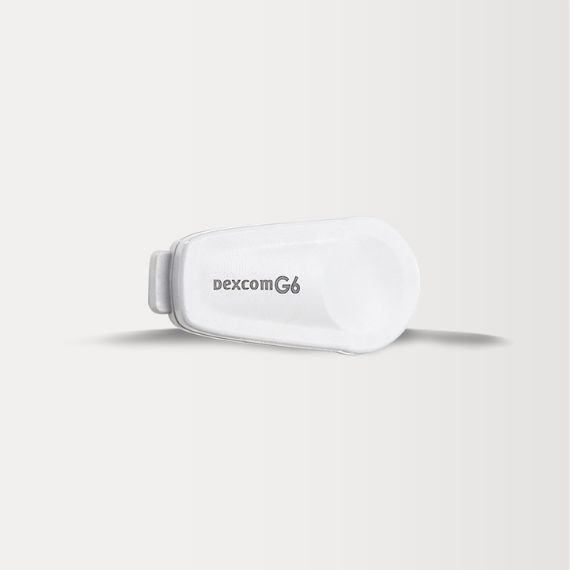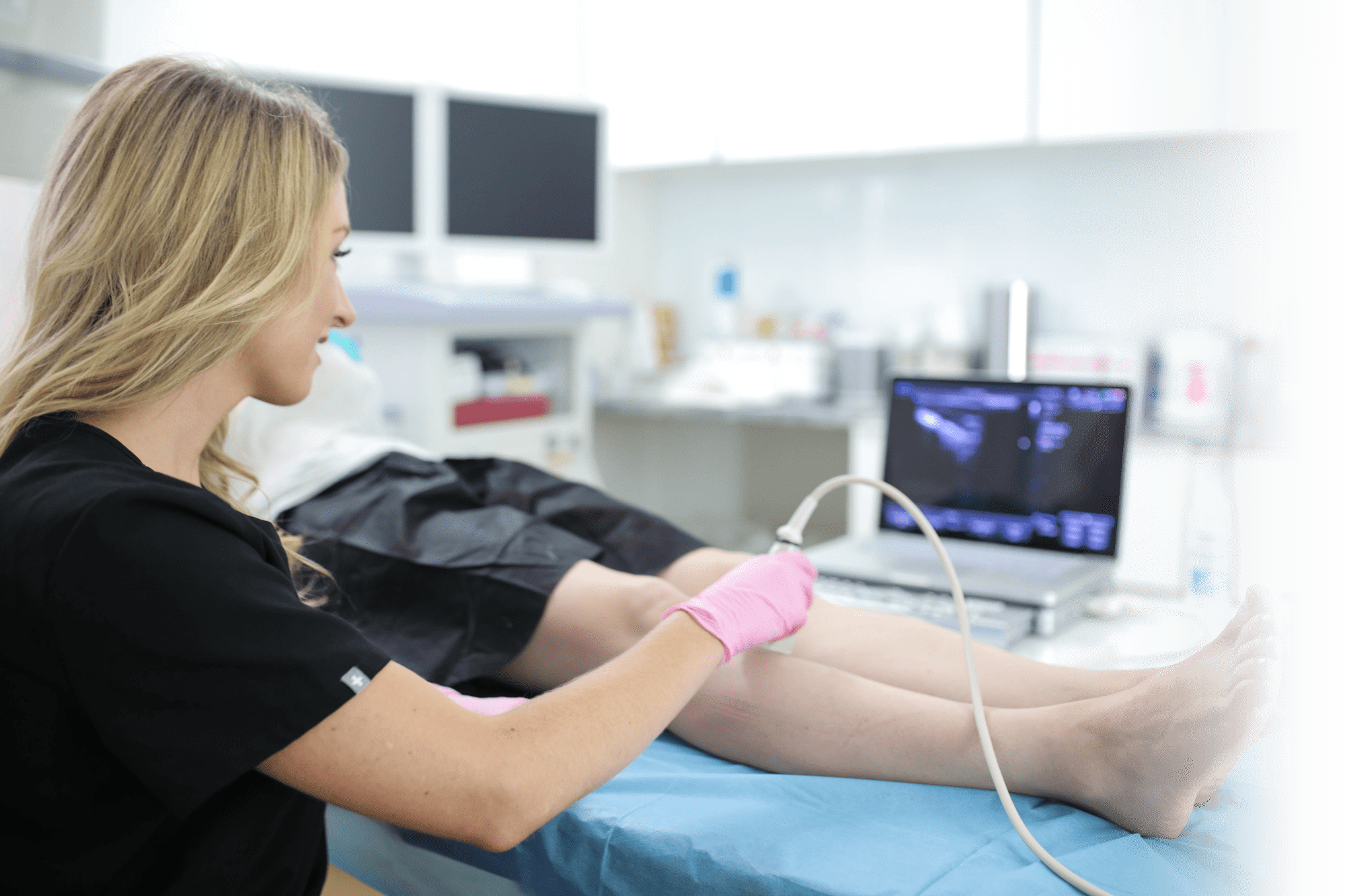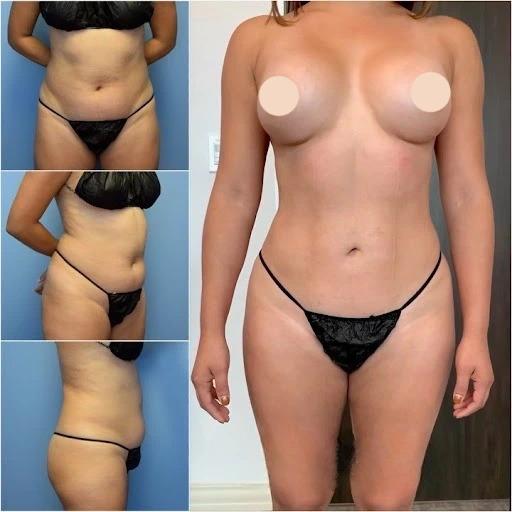Setting up and pairing the Dexcom G6 Transmitter is a straightforward process that enables users to effectively monitor their glucose levels. Dexcom G6 is a cutting-edge continuous glucose monitoring system designed to provide accurate readings conveniently. In this guide, we’ll walk you through the steps to set up and pair your Dexcom G6 Transmitter, ensuring a seamless experience.
Introduction to Dexcom G6 Transmitter
The Dexcom G6 Transmitter is a vital component of the Dexcom G6 Continuous Glucose Monitoring (CGM) System. It works in conjunction with a sensor to continuously monitor glucose levels in real-time, providing valuable insights for individuals managing diabetes. Unlike traditional glucose meters that require frequent finger pricks, Dexcom G6 offers hassle-free monitoring with its sensor worn on the body.
Understanding the Dexcom G6 Transmitter
What is the Dexcom G6 Transmitter?
The Dexcom G6 Transmitter is a small, lightweight device that wirelessly communicates with the sensor to transmit glucose data to compatible devices such as smartphones, insulin pumps, or receivers.
Key Features and Benefits
- Compact design for discreet wear
- Long-lasting battery life
- Water-resistant for everyday activities
- Seamless integration with mobile devices for real-time monitoring
Preparation before Setting Up Dexcom G6 Transmitter
Before initiating the setup process, it’s essential to gather the necessary equipment and ensure compatibility with your device.
Gathering Necessary Equipment
Ensure you have the following items:
- Dexcom G6 Transmitter
- Dexcom G6 Sensor
- Alcohol wipes
- Skin adhesive
Checking Compatibility
Verify if your smartphone or receiver is compatible with the Dexcom G6 system by referring to the official compatibility list provided by Dexcom.
Steps to Set Up Dexcom G6 Transmitter
Setting up the Dexcom G6 Transmitter involves a few simple steps to ensure proper installation and activation.
Inserting the Sensor
- Choose a suitable location for sensor placement, such as the abdomen or upper buttocks.
- Clean the insertion site with an alcohol wipe and allow it to dry.
- Apply the sensor to the chosen site, following the instructions provided in the Dexcom G6 User Guide.
Attaching the Transmitter
- Once the sensor is inserted, attach the Dexcom G6 Transmitter to the sensor by aligning the contacts and pressing down firmly until it clicks into place.
Activating the Transmitter
- Turn on your compatible device and follow the prompts to activate the transmitter.
- Enter the unique transmitter ID when prompted to pair the transmitter with your device.
Pairing Dexcom G6 Transmitter with a Device
Pairing the Dexcom G6 Transmitter with a compatible device allows for seamless data transmission and real-time glucose monitoring.
Compatibility with Devices
Dexcom G6 is compatible with a wide range of devices, including smartphones, insulin pumps, and dedicated receivers.
Pairing Process
- Open the Dexcom G6 app on your smartphone or receiver.
- Follow the on-screen instructions to pair the transmitter with your device.
- Once paired, you’ll start receiving glucose readings directly on your device.
Calibrating the Dexcom G6 Transmitter
Calibration ensures the accuracy of glucose readings and helps maintain the reliability of the Dexcom G6 system.
Importance of Calibration
Calibration allows the system to correlate sensor readings with blood glucose levels, enhancing accuracy and reliability.
Step-by-step Calibration Process
- Follow the calibration instructions provided in the Dexcom G6 User Guide.
- Perform calibration checks as recommended to ensure consistent accuracy.
Troubleshooting Common Issues
Despite its reliability, users may encounter occasional issues with the Dexcom G6 system. Here are some common troubleshooting tips:
Signal Loss
If you experience signal loss, try moving closer to your device or ensuring it’s within range.
Sensor Error Messages
If you receive sensor error messages, follow the troubleshooting steps outlined in the user guide or contact Dexcom support for assistance.
Connection Problems
If you encounter connection problems, restart your device or transmitter and ensure proper pairing.
Maintenance and Care Tips
Proper maintenance and care ensure the longevity and performance of your Dexcom G6 Transmitter.
Cleaning the Transmitter
Regularly clean the transmitter with a damp cloth and avoid submerging it in water.
Storage Recommendations
Store the transmitter in a cool, dry place when not in use to prevent damage or malfunction.
Benefits of Using Dexcom G6 Transmitter
The Dexcom G6 Transmitter offers numerous benefits for individuals managing diabetes:
- Continuous glucose monitoring for real-time insights
- Reduced reliance on finger pricks for blood glucose testing
- Enhanced awareness of glucose trends and patterns
Comparison with Previous Models
Compared to previous Dexcom models such as G5 and G4, the Dexcom G6 offers several advancements, including:
- Longer sensor wear duration
- Elimination of routine finger prick calibrations
- Enhanced accuracy and reliability
User Reviews and Experiences
User feedback on the Dexcom G6 Transmitter has been overwhelmingly positive, with many users praising its accuracy, convenience, and reliability in managing diabetes.
Cost and Insurance Coverage
While the Dexcom G6 system may represent an initial investment, many insurance plans offer coverage for CGM devices, making it more accessible to individuals with diabetes.
Future Developments and Updates
Dexcom continues to innovate and improve its products, with ongoing developments aimed at enhancing user experience and advancing diabetes management technology.
Safety and Regulatory Compliance
The Dexcom G6 Transmitter is FDA-approved and complies with rigorous safety standards to ensure user safety and reliability.
Conclusion
In conclusion, setting up and pairing the Dexcom G6 Transmitter is a simple yet crucial step in harnessing the benefits of continuous glucose monitoring. By following the outlined steps and guidelines, individuals can seamlessly integrate the Dexcom G6 system into their diabetes management routine, empowering them with real-time insights and greater control over their health.
FAQs
- Is the Dexcom G6 Transmitter waterproof?
- While the Dexcom G6 Transmitter is water-resistant, it’s not recommended for prolonged submersion in water.
- How long does the Dexcom G6 Transmitter last?
- The Dexcom G6 Transmitter typically lasts for up to three months before requiring replacement.
- Can I swim or shower with the Dexcom G6 Transmitter?
- Yes, you can swim or shower with the Dexcom G6 Transmitter, but prolonged exposure to water may affect its performance.
- Does the Dexcom G6 Transmitter require calibration?
- No, the Dexcom G6 Transmitter does not require routine finger prick calibrations for accuracy.
- Is the Dexcom G6 Transmitter covered by insurance?
- Many insurance plans offer coverage for CGM devices like the Dexcom G6 Transmitter, but coverage may vary depending on your provider.






